I'll start with a quick overview of Infrared photography - digital cameras typically have a built-in Infrared blocking filter that stops Infrared light affecting normal photography. Typically people wanting to do Infrared photography will have their camera converted to remove this blocking filter. This is an expensive process, and converted cameras are typically used only for Infrared photography. If you're not sure what Infrared photos look like, there's plenty of examples on Flickr.
I don't currently want to dedicate one of my cameras to Infrared, and I can't justify the cost of the conversion process anyway. So a couple of weeks ago I tried out my Nikon D200, Canon EOS 450D, and my Panasonic Lumix FZ5 cameras with my Hitech 85 Infrared Cokin P size filter. None of the cameras have been converted for Infrared, so I was interested to see what they would be like.
D200, 450D, FZ5 Infrared comparison images
The images above have all been processed through Photoshop - the original images are red. (No white balance adjustment was performed in camera). A channel adjustment and / or gradient map adjustment was used in Photoshop to get the colours in the images above.
If you look at the trees, which normally appear white in Infrared photographs, and the sky, which normally appears very dark in Infrared photographs, you can see that none of the uncoverted cameras are particularly suitable for Infrared photography. While the trees are lighter and the sky darker than in a normal photograph, they are not approaching the levels seen in true infrared photography.
It seems that the cameras' built in Infrared blocking filters do a good job, and so you end up with an image composed partly of infrared light, but mostly of low frequency visible red light. Out of my cameras, the Panasonic FZ5 appears to be the most sensitive to Infrared.
Because the cameras' built-in Infrared blocking filters work so well, long exposure times are required when you cut out most visible light with an Infrared filter. This causes blurring of anything moving, and you can see a sort of 'halo' effect around some of the trees being blown about in the wind, particularly in the D200 image.
Using the Infrared filter as a Neutral Density filter
While the unconverted cameras are pretty rubbish for Infrared photography, I think it may be useful to use the Infrared filter as a strong Neutral Density filter, and then convert to black and white.
This image was using the Infrared filter, and the exposure was 5s at f/8:
Then this image was taken normally (without the Infrared filter), and the exposure was 1/250s at f/8:
So I make that a 10⅓ stop difference. Given the price of the 9 stop Hoya ND400 filter, and that the Hitech Infrared filter is available for £10 (+P&P), I'd say it's pretty good value for a strong Neutral Density filter.
However, there are some problems with the Hitech 85 Infrared filter for the Cokin P filter system. The main problem is that it seems very susceptible to bad flare, which can easily ruin your images. I suspect this would not be such a problem with a screw-in filter. And of course, you can't focus or compose your image while the filter is on since it blocks nearly all visible light, though this would likely be a problem with strong ND filters and screw-in Infrared filters as well.

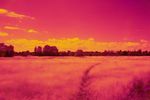
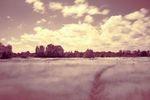
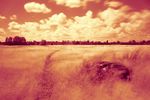
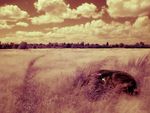
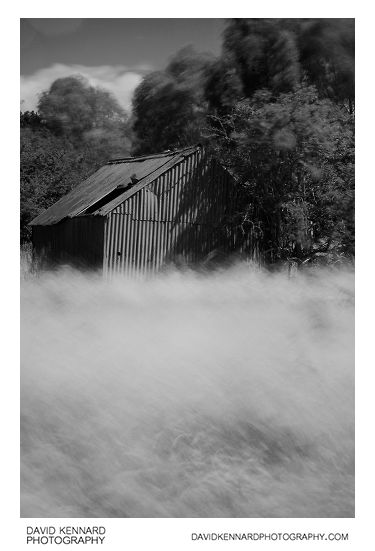
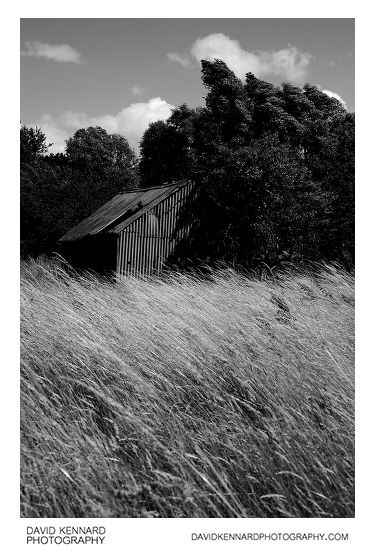
Leave a Reply